
Hello, and happy Sunday! Was this newsletter forwarded to you? Sign up to get it in your inbox.
This week, visualizing anything became as easy as asking a question when GPT-4o brought native image generation into ChatGPT.
Examples abound of users Studio Ghibli-fying their loved ones and making edgy memes to see how far they could push it. The magic wasn't just in the technical leap, as most of these capabilities (custom image styles, text in images, fewer content restrictions) existed before, scattered across specialized tools. Instead, it was in the sheer ease and joy of effortlessly creating, then sharing, whatever people imagined: pictures of themselves and loved ones, quirky illustrations, provocative memes. For many, this playful discovery expanded their whole idea of what AI could be.
Yet alongside excitement came concern. Animator and filmmaker Hayao Miyazaki’s critique of AI-generated art—famously calling it "an insult to life itself"—pointedly resurfaced, echoed by artists and creative workers unsettled by OpenAI seemingly profiting from their styles without consent. It raised important questions about the intersection of AI, creativity, and work. Is this kind of innovation celebrating creativity, or diluting originality? Democratizing art, or exploiting artists? A controversial AI-generated Studio Ghibli-inspired post from the White House capped off an explosion of content that vividly showed just how complicated—and emotionally charged—AI adoption can be.
But there's still so much potential. While large language models are among the fastest-adopted technologies in history, about half of all U.S. adults still haven't tried them. Globally, that number might be closer to 90 percent.
With that perspective in mind, here’s a wide-ranging list of significant AI developments from just this past week—each connected to this broader story of adoption, creativity, and responsibility.
Release notes
OpenAI grows up, with new capabilities—and policies to go with them
- OpenAI released a major update to GPT-4o, dramatically improving its reasoning, creativity, and instruction-following capabilities.
- Its agent framework now supports Anthropic’s Model Context Protocol (MCP), which enables AI assistants to connect with data sources and tools—simplifying integrations and paving the way for powerful AI agents.
- Its updated policy shifts, to allow for greater creative freedom with fewer guardrails “Trusting user creativity over our own assumptions.”
Anthropic is doubling down on figuring out how models work and their impact on society
- The company published ground-breaking research making AI’s internal reasoning visible—showing Claude’s universal "language of thought," or how AI thinks about solving tasks.
- An economic report about Claude 3.7 Sonnet revealed significant AI adoption in coding, science, and education.
DeepSeek releases the best open-source model ever
- The Chinese company released V3-0324, one of the top-performing models ever, completely open source—making powerful AI accessible on consumer-ish hardware like the M3 Ultra Mac Studio.
Google’s impressive Gemini 2.5 Pro was overshadowed
- Google launched Gemini 2.5 Pro, setting a new industry benchmark for long-context understanding and coding performance—but it was overshadowed by GPT-4o’s native image launch.
- Google’s research identified parallels between AI language models and human brain processes, potentially informing more biologically-inspired AI architectures.
xAI acquires X, merging cutting-edge AI with real-time social data
- Elon Musk’s xAI has acquired X (formerly Twitter, also owned by Musk) for $33 billion in an all-stock deal valuing the combined entity at $113 billion. The move blends xAI’s powerful models and infrastructure with X’s reported user base of 600 million, which may uniquely position the company to address current limitations of LLMs’ up-to-date knowledge.
New benchmarks help us guide AI development (and can reward you $1 million)
- Arc Prize cofounder François Chollet launched ARC-AGI-2, a new benchmark competition offering a $1 million prize to close the gap in tasks that are simple for humans but challenging for AI.
- Japanese research lab Sakana’s Sudoku benchmark revealed current AI’s reasoning limitations, highlighting gaps in human-like problem-solving abilities.
- Waymo’s autonomous vehicles showed an 83 percent reduction in serious crashes compared to humans, a significant step toward safer, mainstream autonomous driving.
AI tutoring made student performance skyrocket, among other research
- AI-forward school Alpha School (along with Eigen Consulting) built an AI tutoring system that propelled student test scores into the top 2 percent nationally, showcasing AI’s transformative potential in personalized education.
- Harvard researchers introduced AI as a "cybernetic teammate," boosting productivity and emotional well-being at work, reshaping future collaboration structures.
- Microsoft highlighted how AI’s capabilities may warrant “a new division of labor,” urging companies to make thoughtful human-AI partnerships.
AI is bringing clean power a step closer to reality
- ITER, which describes itself as “one of the most ambitious energy projects in the world today,”is using AI to accelerate its construction, promising safe, carbon-free energy production by 2033.
Knowledge base
"Vibe Check: OpenAI’s GPT-4o Image Generation" by Vivian Meng/Context Window: The dark days of switching between ChatGPT and DALL-E are over. OpenAI has integrated image generation directly into GPT-4o, and it now creates images that include accurate text, remembers visual details across multiple generations, and can handle complex prompts. The Every team has been testing it and found it beats Google's offering handily—though, we’ll admit, it's still painfully slow. Read this for a comprehensive breakdown of what GPT-4o's image generation can do and to see 16 impressive examples of everything from comic strips to infographics.
"How I Prompted My Way to Publish-ready Content" by Lewis Kallow: Show, don’t tell is one of the real keys to harnessing AI. Lewis reveals how he created Every's most popular Spiral—a contrarian tweet generator— and shares four tactics for getting production-grade outputs from AI. His methods helped him write a viral tweet for Dan Shipper that got 200,000 impressions—without actually writing it himself. Read this if you want to reclaim hours of your week by creating prompts that consistently deliver publish-ready content.
"Analyzing the Fastest-Growing Software Category I’ve Ever Seen" by Evan Armstrong/Napkin Math: Software engineers, the very people building AI, are the first to feel its disruptive effects. How ironic. Companies like Cursor and Lovable have reached mind-boggling revenue milestones in record time—$1 million–$100 million in less than a year. But beneath those eye-popping numbers lies a market built on thin ice. These tools can easily be swapped for one another, and those impressive “ARR” figures are often “annualized,” not “annual,” recurring revenue—a crucial distinction when churn is high. Read this to understand the three categories of AI coding tools and why what's happening to developers today will happen to knowledge workers everywhere tomorrow.
"DIY Apps Are the New Myspace" by Aleena Vigoda: The DIY customization culture of Myspace is making a comeback in today's software landscape—it turns out that people enjoy personalizing their digital spaces. Tools like Notion, Roam, and Arc have cultivated cult-like followings precisely because users can trick them out. With AI democratizing software creation, we're seeing a shift from mass-market platforms to hyper-personalized apps built for niche communities. Read this if you want to understand why your most devoted users might be your best product developers—and why venture capitalists’ obsession with “scaling to a billion users” might be killing the very features that make software lovable.
🎧 "He's Using AI to Optimize His Life" by Rhea Purohit/AI & I: In this episode of AI & I, Dan dives deep with Jonny Miller, creator of the Nervous System Mastery course, on how he's using AI to enhance his meditation practice, create personalized coaches, and optimize his multi-hyphenate career—all while prioritizing what makes him feel “alive” over traditional efficiency metrics. The secret sauce? Providing ridiculously detailed personal context to his AI tools, including answers to introspective questions like “What reliably brings you joy?” 🎧🖥 Listen on Spotify or Apple Podcasts, or watch on X or YouTube.
"Why Generalists Own the Future" by Dan Shipper/Chain of Thought: Contrary to popular belief, the AI era isn’t rendering generalists obsolete. In fact, the AI era is made for them. Being a generalist isn't just about having shallow knowledge across many domains, Dan argues, but about possessing adaptability and curiosity that thrives in environments where rules are unclear and patterns aren't obvious. While AI excels at specialist knowledge, it struggles with novel problems that require imaginative solutions. Read this if you want to understand why the future belongs to those who can ask the right questions rather than those who know all the answers.
From Every Studio
Become a Cora beta tester. We’re opening up Cora’s beta program to users who want early access to new features of our email management tool and will share their feedback along the way. Join the crew,
Hiring with Freeform. Cassius Kiani, one of Every’s entrepreneurs in residence, is reimagining forms as something people actually enjoy filling out with the interactive experience Freeform. When Cora general manager Kieran Klaassen used it to hire an engineer, he said it was “super easy to get the form going.” He stated his goal for the form, and Freeform took care of the rest, allowing him to focus on the end result—the information he needed—rather than on creating the questions. From Freeform’s data visualizations, he was able to quickly compare applicants and prepare for interviews. One applicant (and Cora’s newest engineer) Nityesh Agrawal said he was “absolutely floored” with the experience: “Every other job application form makes you feel like you’re on the defense, but this one felt warm—I ended up with a smile on my face after filling it out.” Curious to try it out? Sign up for a free trial.—Vivian Meng
Alignment
Linear algebra wins. Yesterday I felt happy and sad all at once. The AI-generated Studio Ghibli images of our cats I shared with my girlfriend were genuinely heartwarming. But somewhere beneath that joy was a weird sense of uneasiness I couldn't quite name until I saw Nabeel Qureshi’s tweet: "Imagine being Miyazaki, pouring decades of heart and soul into making this transcendent beautiful tender style of anime, and then seeing it get sloppified by linear algebra." His words cut to the heart of what bothered me—that singular moment when something inherently human is stripped away by cold, hard computation. The feeling was familiar. I'd experienced it watching Lee Sedol—the former world champion strategy board game Go player—as AlphaGo easily outplayed him nine years ago. Now this cycle is accelerating—the time between being blown away by what these algorithms can do and feeling like they're taking something from us gets shorter with each breakthrough. My advice is, create anyway. Don’t get disheartened. It’s inevitable that we’ll be surrendering more territory to linear algebra, but what’s more important is the act of creation itself.—Ashwin Sharma
Collaborative filtering
Be weird to get ahead. When I met former Google executive Jenny Wood at a creator retreat last year, I was blown away by her. I’m so excited to recommend her new book, Wild Courage: Go After What You Want and Get It, in which she reveals how nine traits often labeled as “problematic”—nosy, weird, bossy, obsessed, selfish, brutal, reckless, shameless, and manipulative—are what make leaders stand out. Jenny shares practical strategies for embracing these "uncomfortable" traits to stand out, lead authentically, and advance your career without compromising who you are—something we all aspire to do at Every.—Dan Shipper
Hallucination
This is why technology was invented.
Alex Duffy is the consulting lead and a staff writer at Every, where he writes about empowering people with AI tools and technology. You can follow him on X at @theheroshep and on LinkedIn, and Every on X at @every and on LinkedIn.
We build AI tools for readers like you. Automate repeat writing with Spiral. Organize files automatically with Sparkle. Write something great with Lex. Deliver yourself from email with Cora.
We also do AI training, adoption, and innovation for companies. Work with us to bring AI into your organization.
Get paid for sharing Every with your friends. Join our referral program.
The Only Subscription
You Need to
Stay at the
Edge of AI
The essential toolkit for those shaping the future
"This might be the best value you
can get from an AI subscription."
- Jay S.
Join 100,000+ leaders, builders, and innovators

Email address
Already have an account? Sign in
What is included in a subscription?
Daily insights from AI pioneers + early access to powerful AI tools

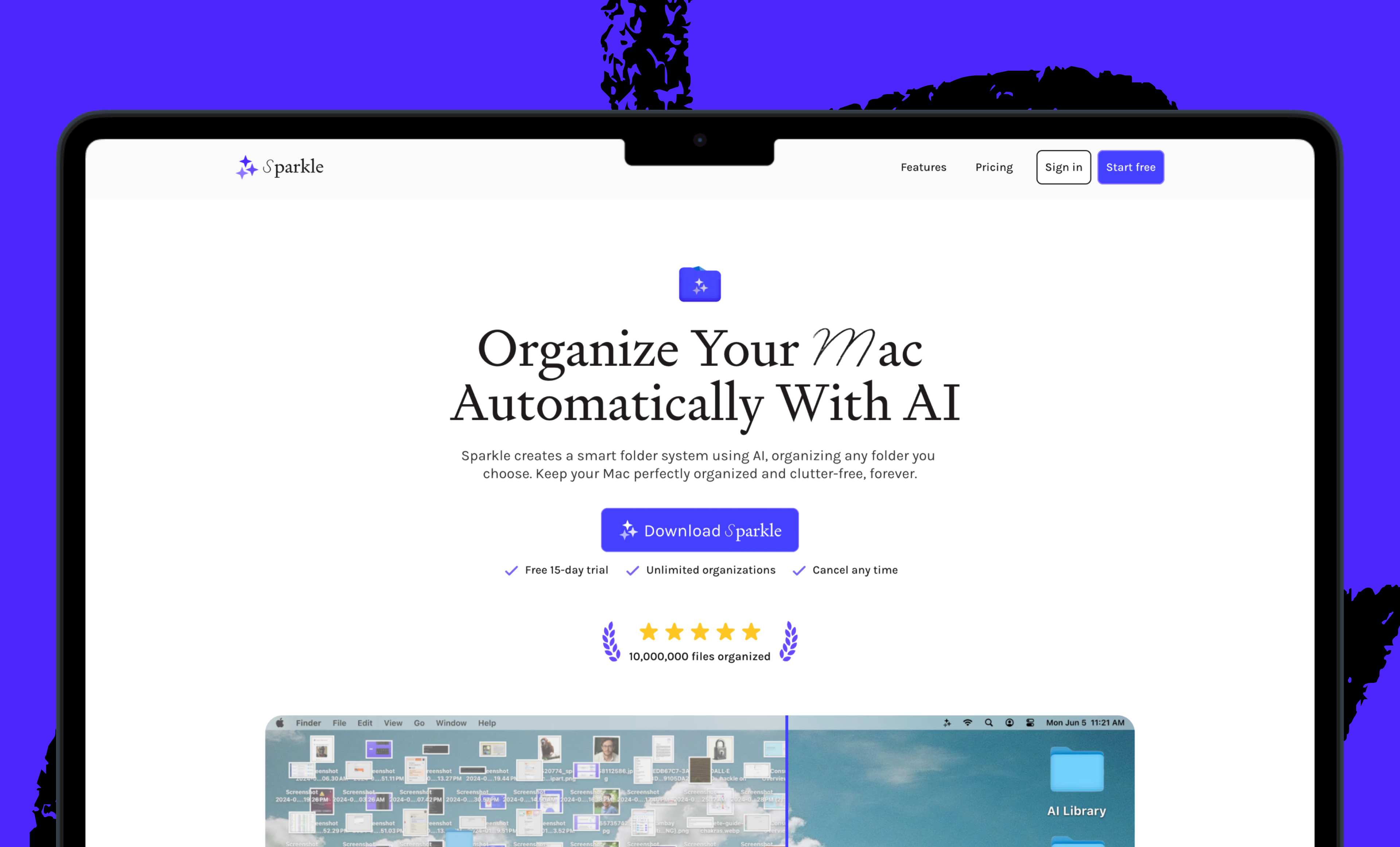
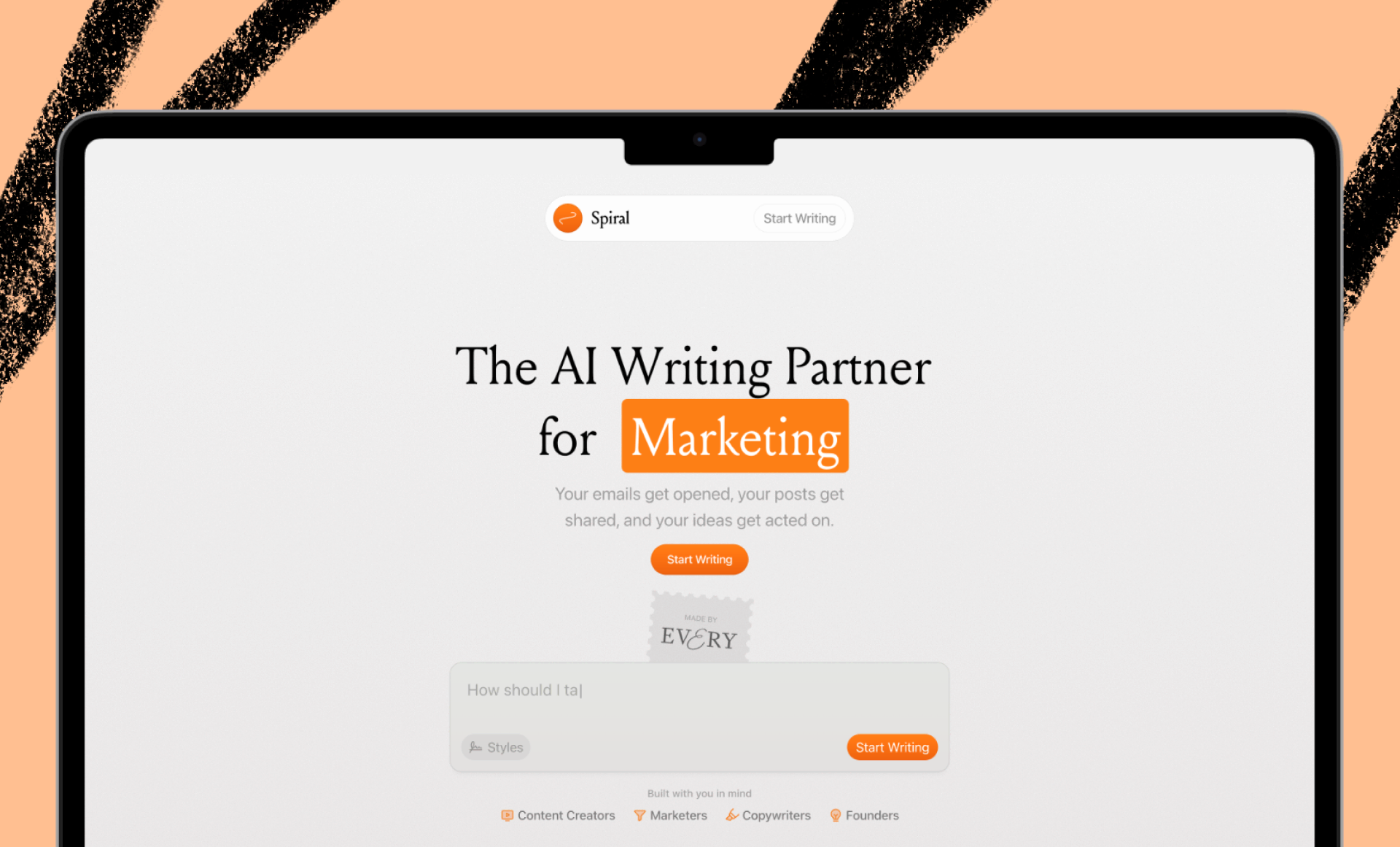
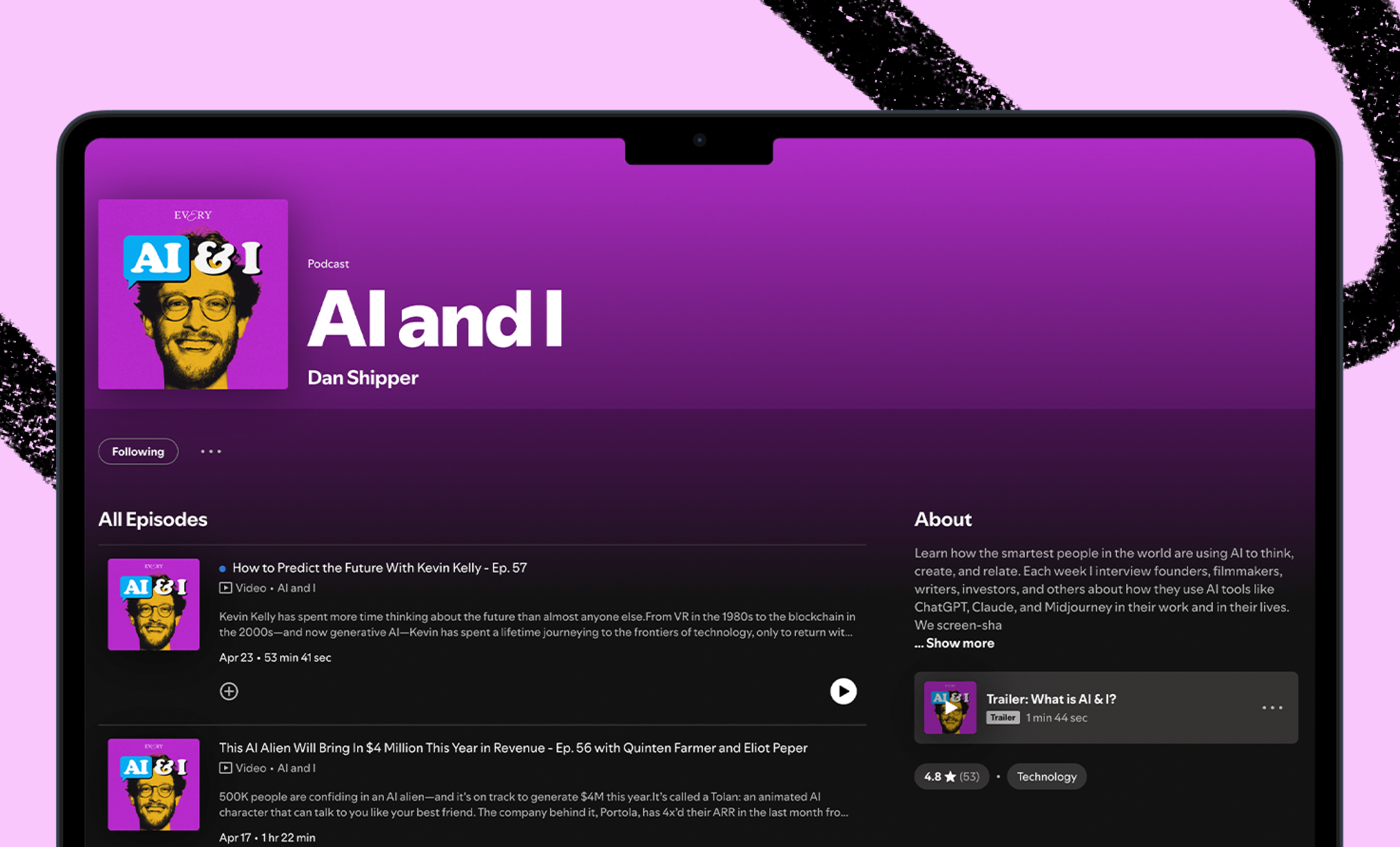
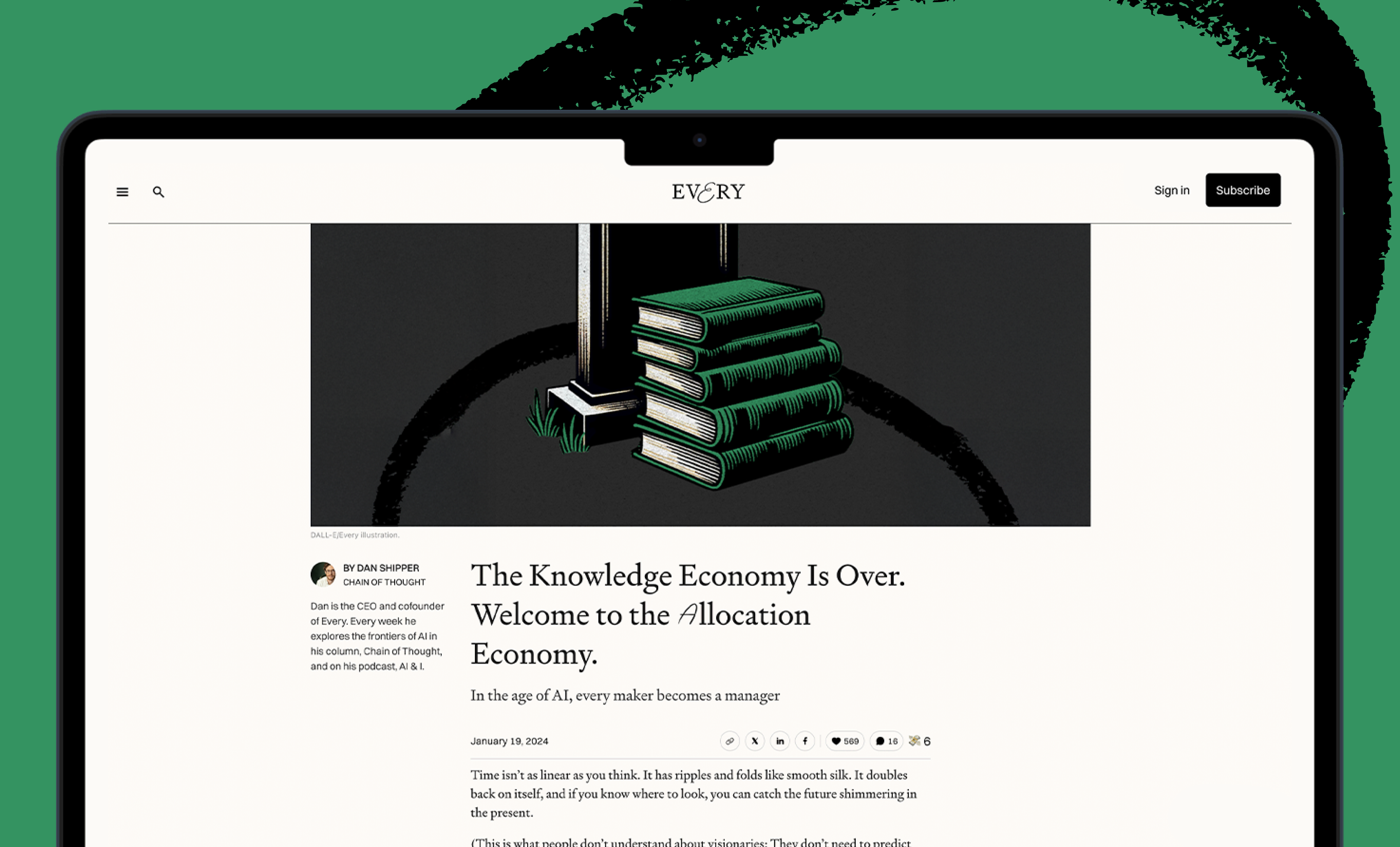
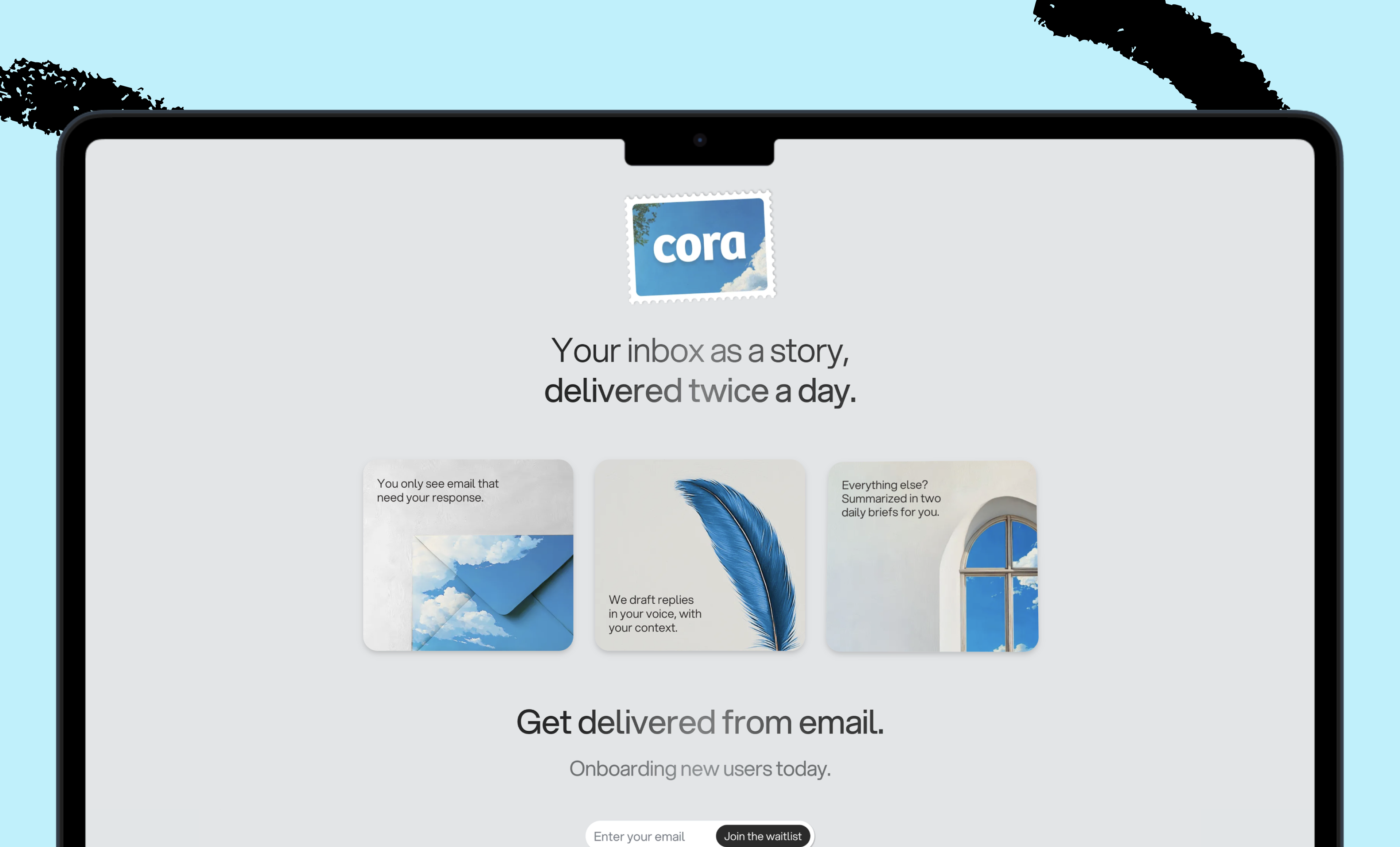


.05.38_PM.png)

Comments
Don't have an account? Sign up!